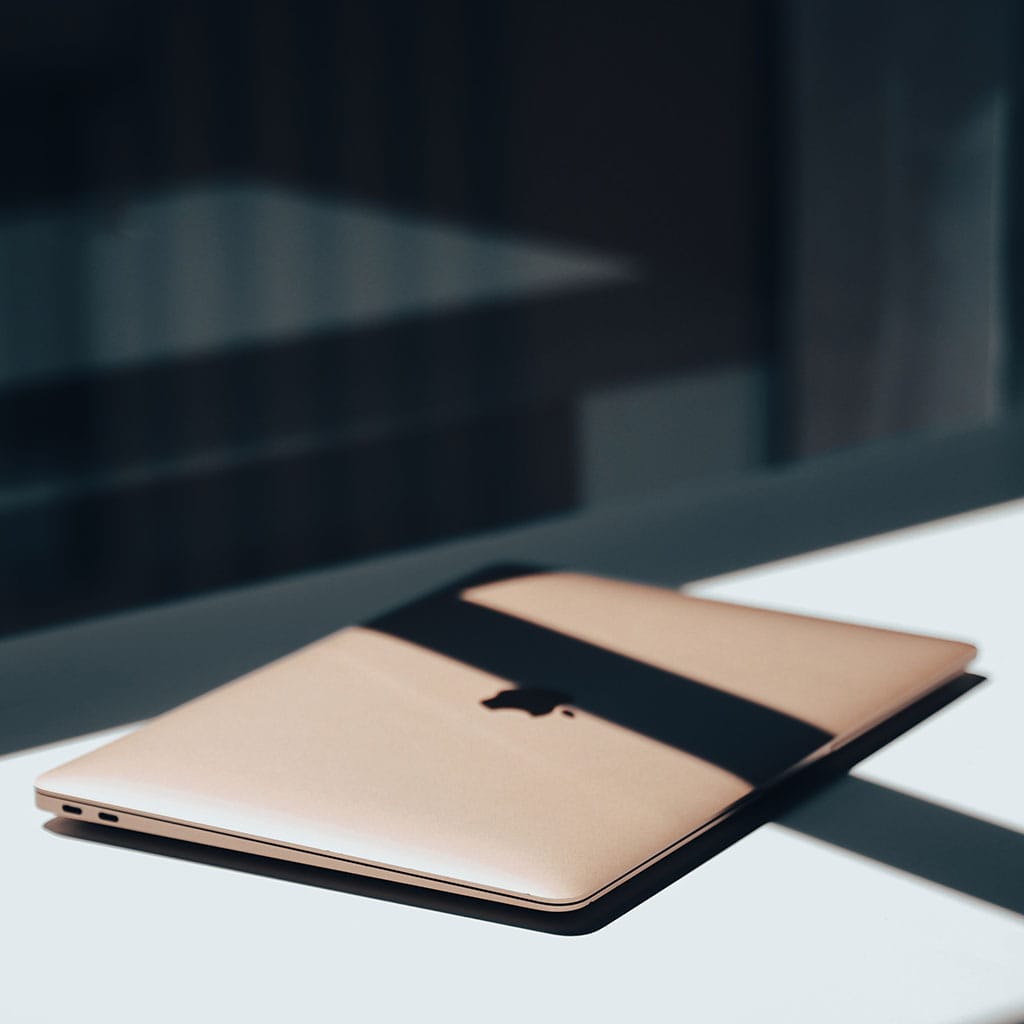How to lock a folder on MacBook
How to lock a folder on MacBook
Securing your sensitive files and data on a MacBook is crucial. This guide will show you how to lock a folder on your MacBook, adding an extra layer of protection to your private information.
Unlock the secrets of folder protection on your trusty MacBook!
Locking a folder on your MacBook can help safeguard your sensitive files and keep them private. Here’s how to do it:
1. Create a Password-Protected Disk Image:
- Open the “Disk Utility” application on your MacBook. You can find it in the “Utilities” folder within the “Applications” folder or by searching for it using Spotlight (Cmd + Space, then type “Disk Utility”).
- To create a new image in Disk Utility, navigate to the “File” menu and choose “New Image,” followed by “Blank Image.”
2. Configure the Disk Image:
- In the “Save As” field, give your disk image a name.
- Select the perfect spot to store the mesmerizing disk image of your choice!
- This is where your locked folder will be stored, so choose a secure location.
- Set the size of the disk image to accommodate the files you want to lock. Make sure it’s large enough for your intended use but not so large that it consumes unnecessary disk space.
- For the “Encryption” option, select “256-bit AES encryption (recommended)” for maximum security.
- In the “Image Format” dropdown menu, choose “read/write” to allow changes to the folder within the disk image.
- Under “Partitions,” select “Single partition – Apple Partition Map.”
- Click the “Create” button.
3. Set a Password:
- A window will prompt you to set a password for the disk image. Enter a strong, unique password and confirm it. Make sure to remember this password because it will be needed to unlock the folder.
- You can also choose to remember the password in your keychain for convenience, but this might reduce the security if someone gains access to your keychain.
4. Add Files to the Disk Image:
- Once the disk image is created and password-protected, it will appear as a mounted volume on your desktop.
- Drag and drop the files or folders you want to lock into this mounted volume.
5. Lock and Unlock the Folder:
- To lock the folder, simply eject the mounted disk image by clicking the eject icon next to it in the Finder or using the “Eject” option in Disk Utility.
- To unlock it, double-click the disk image file (it will prompt you for the password), and the mounted volume will reappear on your desktop. You can now access the files.
By following these steps, you’ve effectively created a password-protected folder on your MacBook, adding an extra layer of security to your sensitive files and data. Be sure to choose a strong password and keep it safe to ensure the protection of your locked folder.
How do I unlock and access the folder when needed, including entering the password?
To unlock and access the folder, follow these steps, including entering the password:
- Locate the Password-Protected Disk Image: When you need to access the locked folder, you must first locate the password-protected disk image on your MacBook. This disk image file will typically have the extension “.dmg” and the same name you assigned when creating it. You can find it in the location where you initially saved it or, if you moved it, navigate to the appropriate directory.
- Double-Click the Disk Image File: Once you’ve located the disk image file, double-click it to open it. You will be prompted to enter the password you set during the initial creation of the disk image. A window will appear asking for the password, and you’ll notice a key icon in the window’s title bar, indicating that it’s a password-protected disk image.
- Enter the Password: To unlock the folder, type in the password you set earlier. Ensure that you enter it accurately, as it’s case-sensitive. After entering the correct password, click the “OK” or “Unlock” button. If the password is entered correctly, the disk image will be mounted and will be visible on your desktop.
- Access the Folder: With the disk image mounted, you can access the locked folder just like any other folder on your Mac. Double-click the mounted volume to open it, and you’ll have access to the original folder and its contents. You can now view, edit, or move individual files within the folder window.
Remember that the locked folder remains protected as long as the disk image is not mounted. Once you’re done working with the files inside, it’s essential to eject the mounted disk image to secure your folder’s contents.





You must be logged in to post a comment.